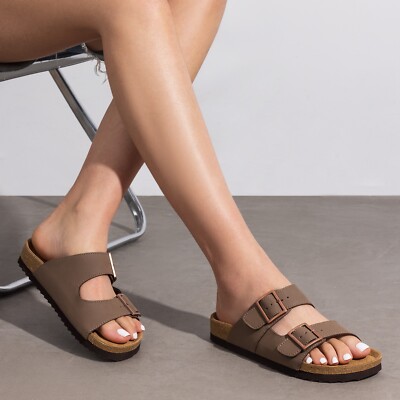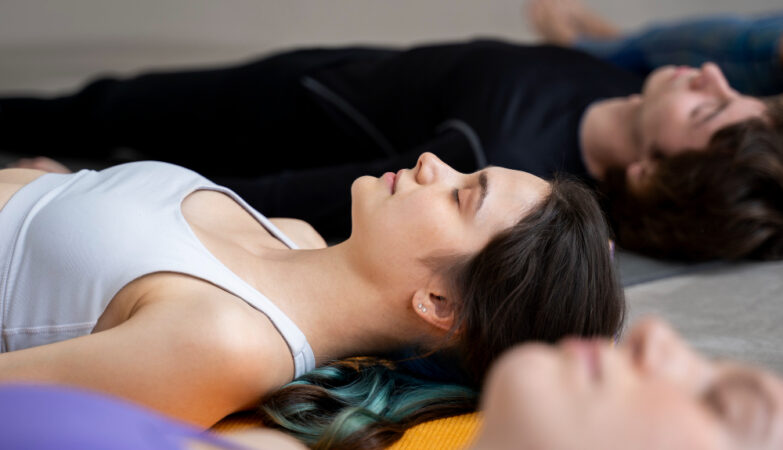Understanding Foot Support and Sandal Design
Good sandals are more than just straps and a sole. The best walking sandals are designed with the same attention to support and biomechanics as quality running shoes. A key element is arch support. Your feet have natural curves that need to be supported to prevent fatigue and pain, especially when you are walking for hours. Sandals with contoured footbeds distribute your body weight evenly and reduce strain on your arches and heels.
Heel stability also matters. A well-designed sandal will have a heel cup or at least a slightly raised edge at the back to help keep your foot in place. This improves balance and reduces the risk of slipping forward in the sandal.
Lastly, strap placement can make or break a design. Straps that cross at the right points on your foot will hold it securely without creating pressure spots. Adjustable buckles or Velcro allow you to fine-tune the fit throughout the day.
Breathability and Cooling for Hot Weather Comfort
Long summer days can be brutal on your feet if your sandals trap heat. Breathability is one of the main advantages sandals have over closed shoes, but the design still plays a big role in how cool and dry your feet stay.
Materials matter here. Natural fibres like leather sandals can be soft and breathable, but they need to be treated to handle moisture. Synthetic mesh and high-quality fabric straps are excellent at wicking away sweat, while open-toe designs maximise airflow.
The colour of your sandals can even make a difference. Darker shades absorb more heat from the sun, while lighter colours stay cooler. If you are planning long walks in strong sunlight, a lighter sandal may be more comfortable.
A textured footbed can also help with cooling by creating small air channels under your foot. This reduces the sticky feeling that can happen in humid conditions.
How to Test Sandal Comfort Before You Buy
The easiest way to know if a sandal will work for you is to test it before committing. A quick try-on in a shop is fine, but you should do more than just stand still.
- Walk around the store
Take a few laps, change direction, and see if your foot shifts in the sandal. It should feel secure without being tight. - Check for rubbing points
Pay attention to where the straps sit. If you feel even a hint of rubbing, it will be worse after a few hours of walking. - Flex the sole
The sandal should bend slightly where your toes naturally flex, but not be so soft that it offers no support. - Test the grip
Stand on a smooth surface and shift your weight. The sole should give you confidence, not feel slippery. - Simulate an incline
If possible, walk on a ramp or step. This will show you how the sandal handles changes in terrain.
The most comfortable walking sandals combine thoughtful design, breathable materials, and proper support. When you choose well, they will carry you through long summer days with ease, letting you enjoy every step without distraction.











